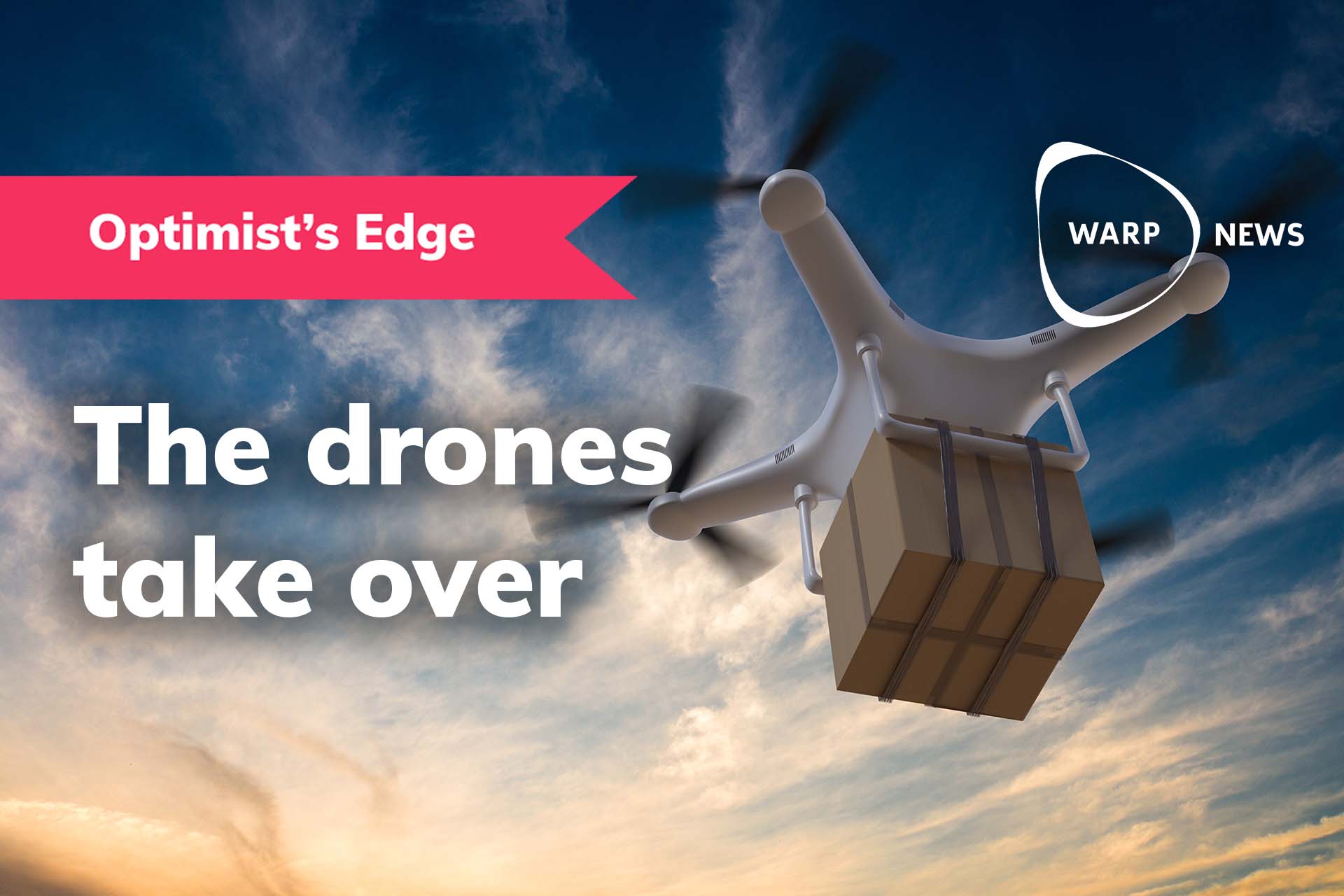
💡 This is how the drones are taking over
People underestimate the potential of drone technology. Millions of vaccine doses and a thousands of coffee cups have already been delivered with drones. But more is to be expected, predicts Maria Eriksson.
Share this story!
Summary
📉 What people think
Nearly one respondent in three believes that drone deliveries will never become a reality.
📈 Here are the facts
Several companies are already working on drone-based deliveries. Thousands of coffee cups, grilled chickens, and other items have already been delivered with drones. Not to mention millions of vaccine doses.
💡 Optimist's Edge
Faster, cheaper, and better - that's the best way to summarize the benefits of drones. This means, for example, that medicines and blood samples can reach their destination in a shorter time and subsequently a reduced need for cooling. Or that companies can reach more customers - and customers get a wider selection of goods and services to choose from.
👇 How to get Optimist's Edge
Many people can benefit from smarter transports. Maybe you have a shop or restaurant and can reach new customers? Or why not work on developing the drones of the future?

📉 What people think
Gosh, what a morning! Dropping off the kids at preschool was complete chaos, the boss texts that he needs your draft no later than by lunch - and you discover you've run out of coffee! But rescue is near, a few clicks in an app et voilà! A couple of minutes later a cappucino comes flying. You take off the lid, the foam is perfect, and a happy old man smiles at you. Your morning has turned for the better, thanks to your favorite barista and a drone.
Science fiction, right? When will we see deliveries with drones? If we ask a group of Swedes, nearly one in three answers "never". But the example above is already a reality and it may not be long before you can stop running errands and instead send a drone courier to pick up the keys you forgot at home, the asthma medicine from the pharmacy, or the dress from the dry cleaner.
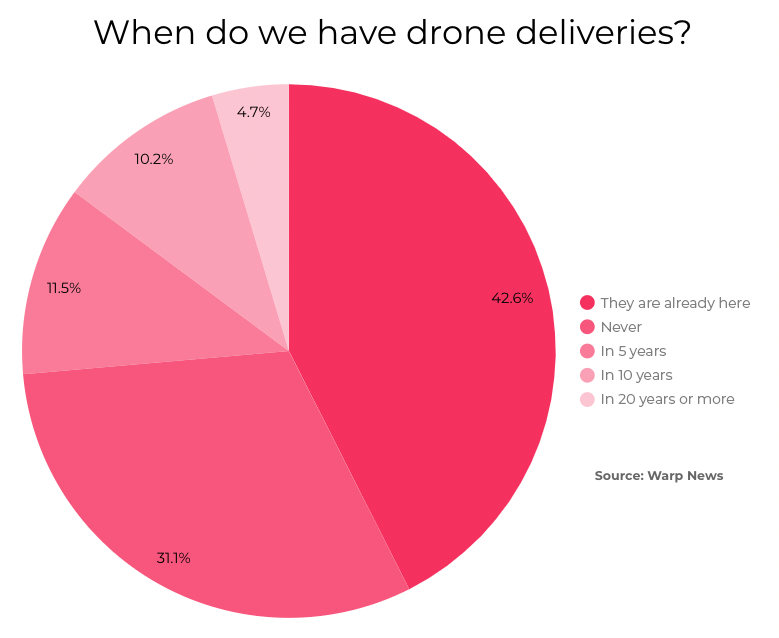
📈 Here are the facts
In the small town of Oranmore, on the west coast of Ireland, there's a company called Manna that already offers a courier service, flying supplies from local businesses. While the food is being prepared, a drone arrives at the restaurant. Then it flies to the customer at 80 km / h. This means that the delivery time is, on average, 2 minutes and 40 seconds! And yes, if you trust the company's CEO Bob Healy, the cappuccino will be in perfect condition, with the foam and the small design intact.
At the moment, Manna makes 2000-3000 flights a day and plans to expand its operations in Ireland, but already also has a permit to fly drones over the rest of the EU.
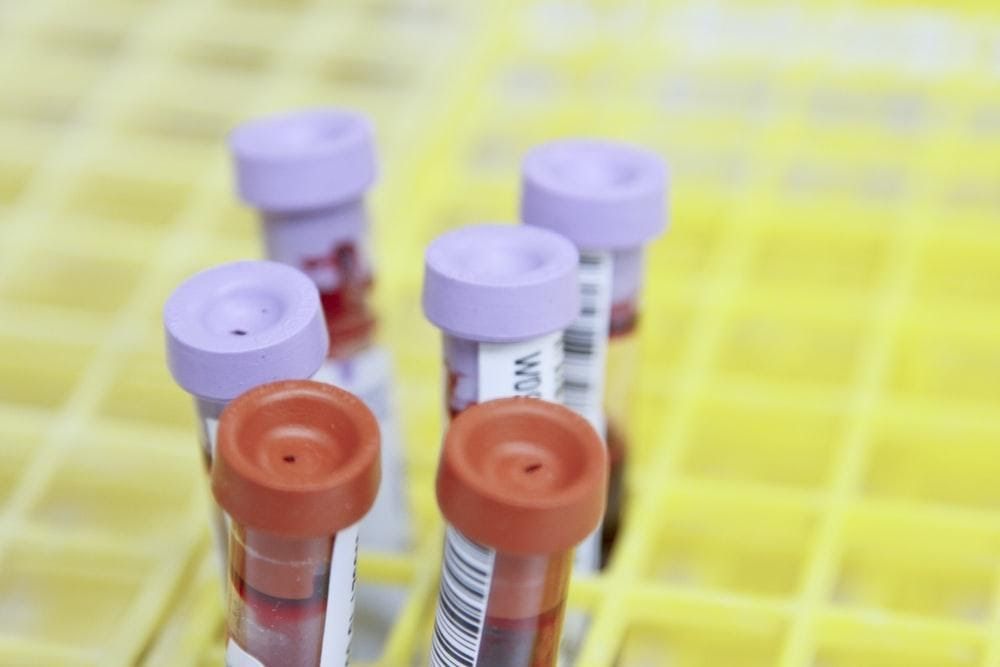
There are similar examples in several countries. In the city of Logan, Australia, the Google-affiliated company Wing has made 100,000 deliveries of, among other things, grilled chicken. Wing also has operations in Helsinki, Finland, and in Virginia, USA.
The reason many have doubts concerning the drones' market penetration may be the complications encountered by Amazon's delivery initiative. As early as 2013, the company launched its trials using drone operations. Jeff Bezos said it would take four to five years before customers would get their goods flown home to their front door. That didn't happen. A contributing factor has been the heavy regulations surrounding drones in the United States.
Maybe it will rather be Africa or India that will lead the charge when it comes to drones?
Zipline is a company that's recently launched commercial flights in the US, which collaborates with Walmart in Arkansas. But already five years ago, Zipline started delivering blood to remote clinics in Rwanda. Since 2019, the company is also active in Ghana and has delivered more than one million vaccine doses, the Covid-19 vaccine among others.
The Indian government presented a new drone policy earlier this year that will greatly reduce paperwork and costs. Prime Minister Modi has tweeted about the drone rules as a milestone for India's startups.
💡 Optimist's Edge
An advantage of drone deliveries is that they are able to take the most direct route. In October, for example, flights with blood samples started between Swedish Funäsdalen and the hospital in Östersund, and delivery now takes about half the time. Test flights have also taken place in different weather types, with good results. The fact that drone deliveries on a large scale take place under such diverse conditions as Ireland's windy west coast, a wintry Helsinki, or Rwanda's tropical climate gives an indication that drones can withstand wind, cold and humid heat.
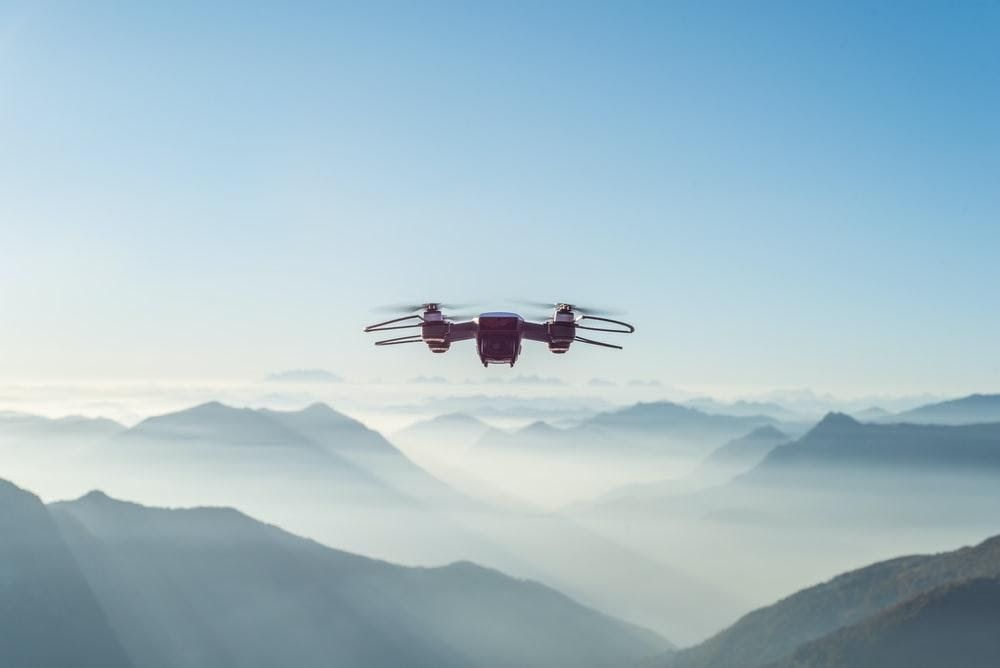
The speed means that drones can be used for time-critical deliveries. Perfect cappuccinos are fine and dandy, but the true life-savers are the defibrillators that Karolinska Institutet flew out in the event of a cardiac arrest alarm. Drones also do not risk getting stuck in a traffic jam. The shortened transit times result in a subsequent reduced need for cooling of blood and vaccines, for example.
It will also be cheaper to deliver with drones because it requires less personnel. According to Manna's CEO Bob Healy, an employee can handle 20 deliveries per hour, compared to maybe two deliveries per hour for regular bids. Cheaper deliveries can be expected to advance e-commerce further. As with other technological shifts, the demand for certain skill categories - for example, bicycle couriers - decreases while it increases for others - drone operator or barista.
Unmanned deliveries also have obvious benefits for reducing the spread of infection. In Virginia, Wing has delivered books and school food to homeschooling students during the pandemic.
Or imagine that you have the flu, talk to the online doctor, and then have medicine delivered directly to your home. Instead of dressing up, going to the pharmacy, and infecting others.
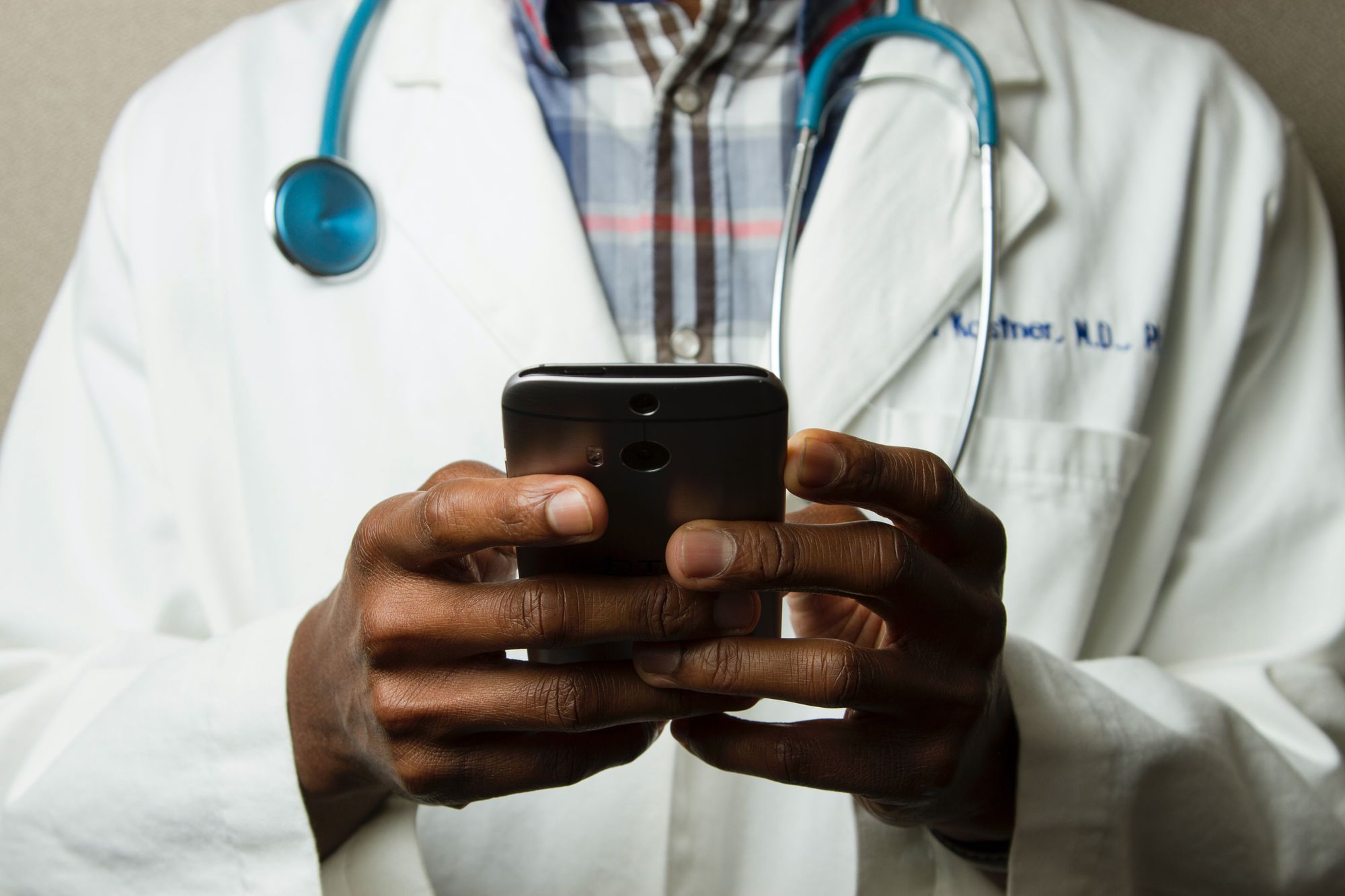
Drones can also make more products accessible to people who have impaired mobility, get to areas that lack roads and make it more attractive to live outside the city centers. Fewer road-borne transports also mean fewer accidents and reduced traffic congestion. In the short term, it may also reduce the need to invest in expensive infrastructure such as roads.
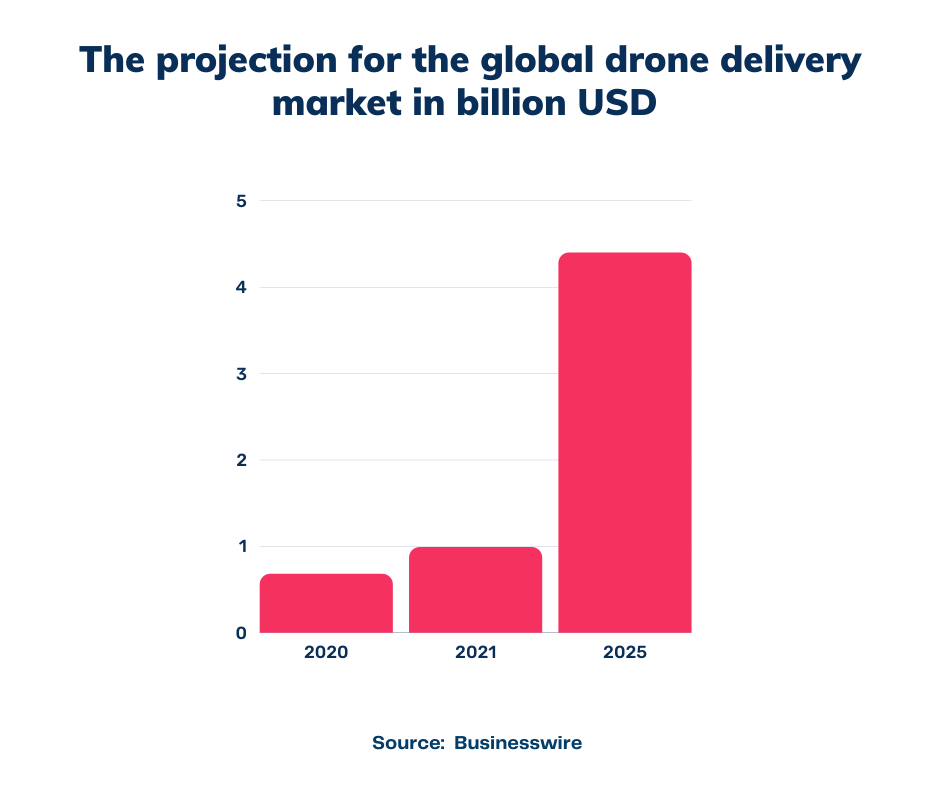
👇 How to get the Optimist's Edge
We've already mentioned a few examples of cities and regions where drone deliveries are up and running, but more will follow. For those of you who run a business or a store, this means great opportunities to reach new customers. Maybe there already are drone deliveries where you live?
That one person in three doesn't believe that we will ever see drone deliveries offers a great advantage for those of you who both know that drones are already up and running and are able to benefit from that progress at an early stage. But it also creates opportunities to work with for instance marketing drones.
Start your own drone company! As drones become more popular, some regulations will also be simplified. India's new drone policy is one example of this. It provides great opportunities for entrepreneurs to start companies that supply food, medicines, packages, and more.
Think creatively - expand the possible uses of drone deliveries. Using Wing you can order a picnic directly to the park. Where, who, and how is a fast delivery needed?
More and more drones will also require infrastructure, even if it looks different than for road-borne traffic. An example is a need for warehouses that service the drones and are relatively close to the customers, rather than large central warehouses far away. An example of a model is a kind of hive for drones to enter and pick up books, pharmacy goods, etcetera which is to be delivered to customers. Of course, the drones themselves must also be manufactured and sometimes repaired. Could you become a part of this ecosystem?
Choose a suitable career. Maybe you're developing the drones of the future? Here are some companies that have vacancies right now: Zipline (San Francisco among others), Aviant (Stockholm), and Everdrone (Gothenburg). Software developers or engineering educations in mechanics and electronics are some examples of educations that are applied for at drone companies.
Read more
Here is India's new ten-point drone policy
Africa's Singapore vibrates with innovation and digitalization. About, among other things, drone deliveries in Rwanda
Drones that fight fires where the fire brigade does not reach
Facts
By drone, we mean an unmanned, flying vessel. The first drone was developed as far back as during the First World War and was simply a small, radio-controlled aircraft. Today there are drones that weigh only a few grams. Modern drones used for deliveries weigh about 25 kilos and can carry about a tenth of their weight. This means that 90 percent of all packages sent from Amazon could be transported with these drones.
❓ What more can you do?
Please share more ideas with your fellow Premium Supporters in our Facebook group.
By becoming a premium supporter, you help in the creation and sharing of fact-based optimistic news all over the world.


